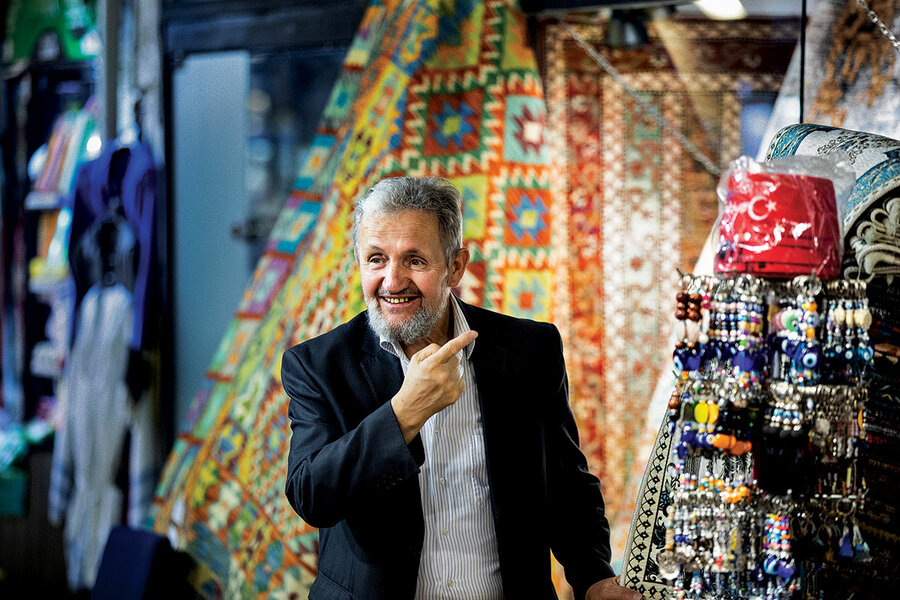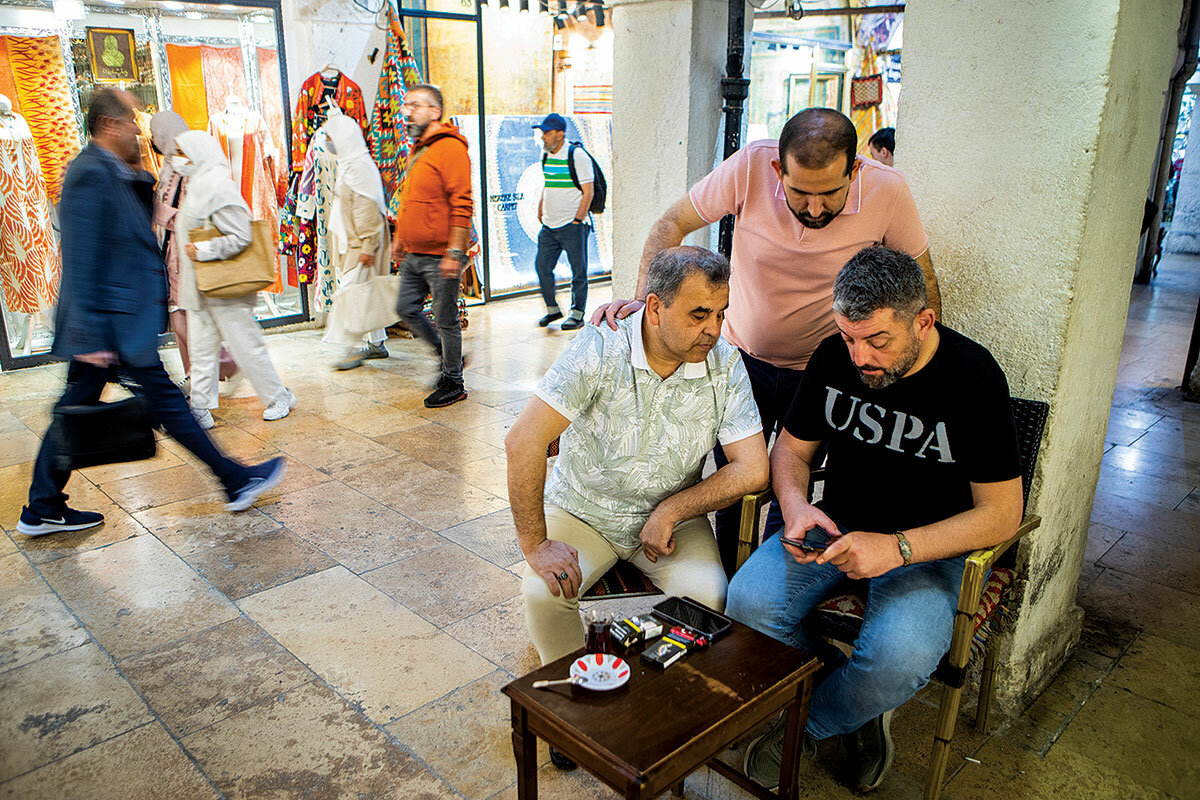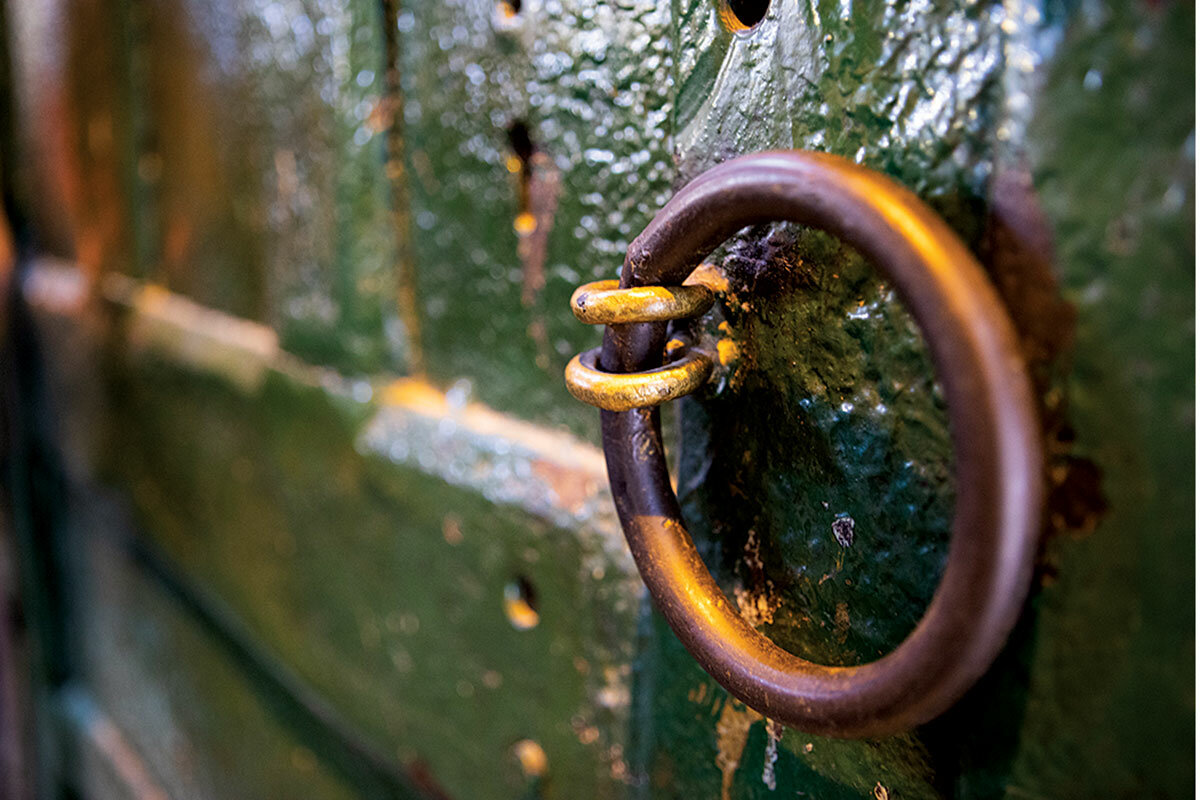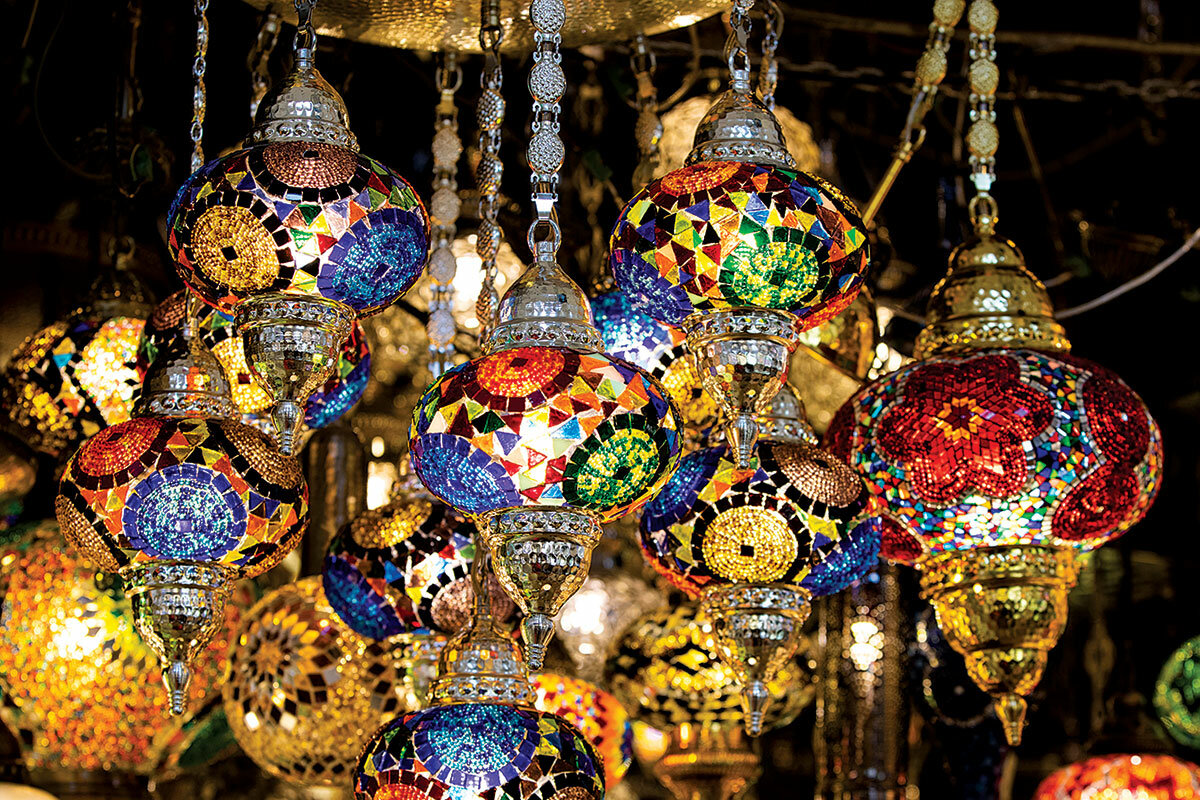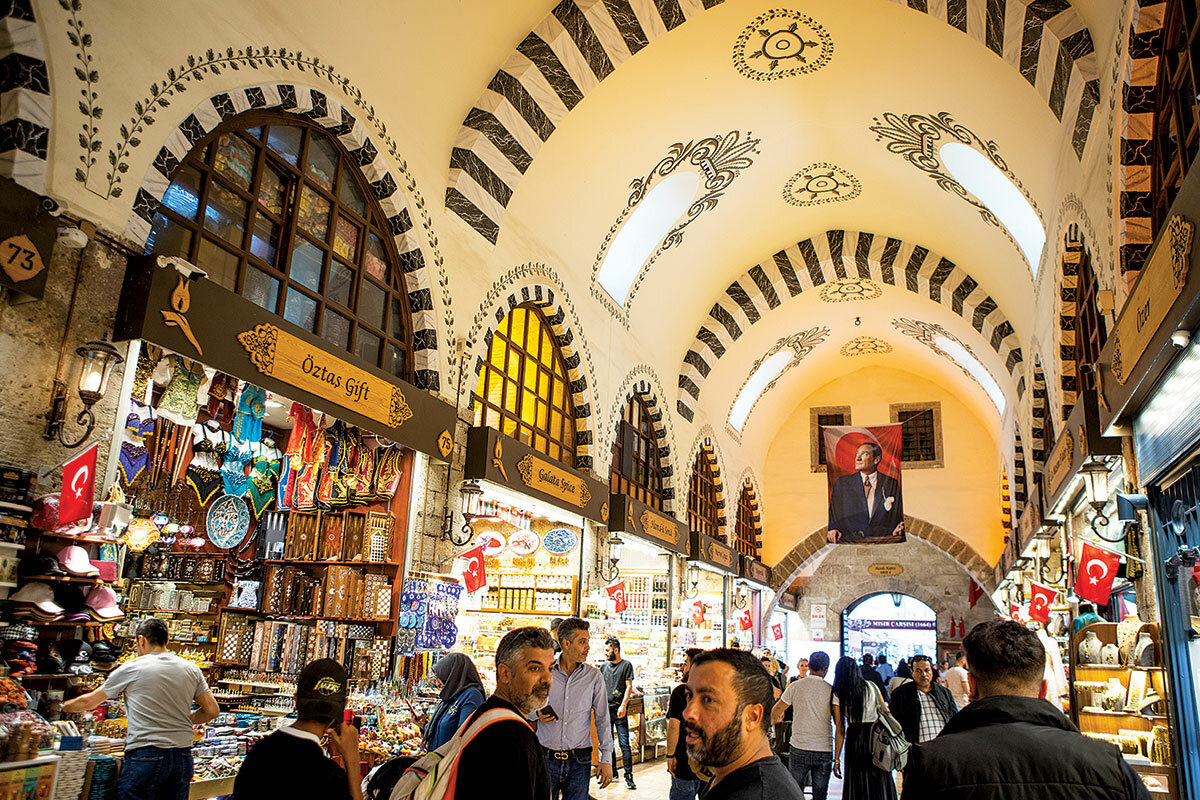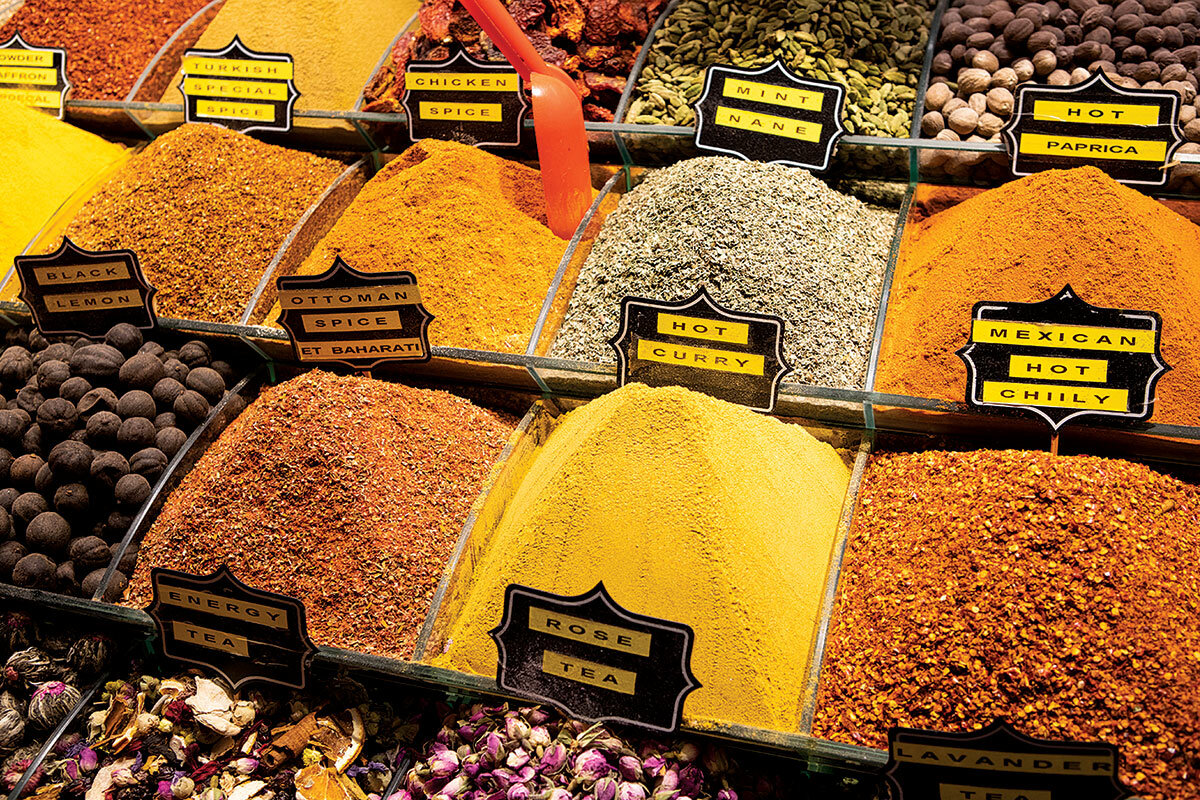In Pictures: The surprising calm of Istanbul’s Grand Bazaar
Loading...
Staff photographer Melanie Stetson Freeman and I arrived in Istanbul physically and emotionally drained. We had been covering reconstruction efforts in Turkey following the devastating earthquake earlier this year.
We weren’t sure how we would manage the Grand Bazaar, one of the largest covered markets in the world. Everyone had warned us about its chaos and intensity. But as we strolled down alleyways lined with stalls selling carpets and teas, passing every manner of jewelry, shoe, and handicraft shop, it was unexpectedly calm.
Expand this story to view the full photo essay.
Why We Wrote This
A story focused onIstanbul’s Grand Bazaar is a thriving hub of Turkish culture. On a visit, our reporting team found friendly conversation, vibrant color, and a cornucopia of culinary delights.
Staff photographer Melanie Stetson Freeman and I arrived in Istanbul from Antakya, where we had been covering the reconstruction efforts following Turkey’s devastating earthquake earlier this year.
We were physically and emotionally drained. We weren’t sure how we would manage the Grand Bazaar, one of the largest covered markets in the world. Everyone had warned us about its chaos and intensity. But as we strolled down alleyways lined with stalls selling carpets and teas, passing every manner of jewelry, shoe, and handicraft shop, it was unexpectedly calm.
Vendors struck up friendly conversations with us, but they never pushed a sale. In fact, a visit to this market in the heart of old Istanbul was just the respite we needed. Later, we headed to the Spice Bazaar, built in the 1660s, where spices were set out like paints on an artist’s palette.
Sweets were on offer, too. My favorite was the displays of Turkish delight, also known as lokum, a jelled rose water candy flavored with lemon or mint or stuffed with pistachios, whose origins date back to the 18th century. Indeed, the whole experience seemed to transport us back to another century.
When it was time to move on, we boarded the Istanbul tram – and were catapulted back into 2023.




